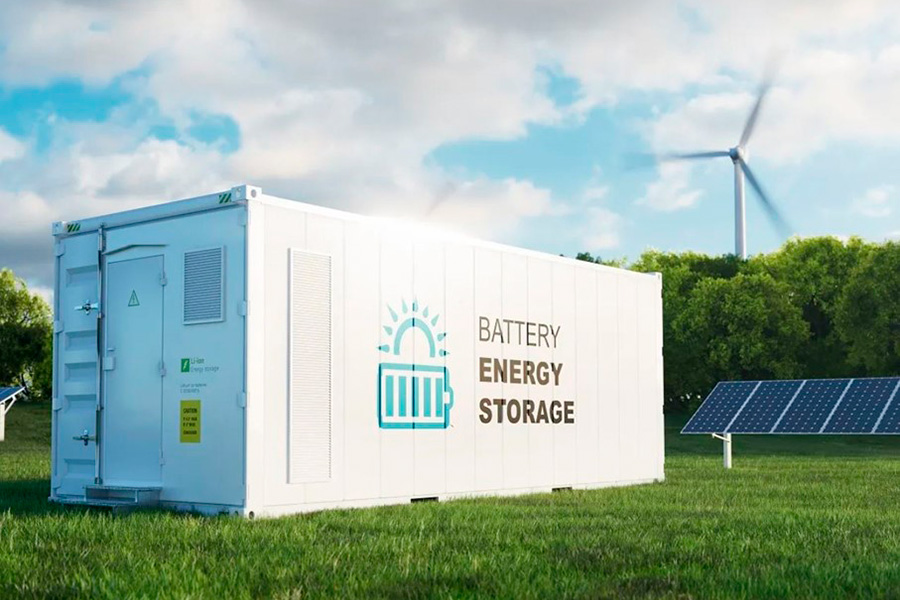- English

Berry Looijen, Technical Specialist, advises horticultural companies in Europe on energy strategies. He highlights the importance of energy storage due to limited grid capacity. Stored energy facilitates self-consumption during sunless periods and can be traded profitably, offering a new revenue stream for horticulture.
Lithium compounds are flammable and can release toxic gases and vapors
Meanwhile, everyone is familiar with lithium-ion batteries and accumulators from devices like cordless drills (0.1 kWh), electric bicycles (1 kWh), and electric cars (75 kWh). The energy storage systems at more and more agricultural companies range from refrigerator size to multiple shipping containers and have a capacity of up to 5 MWh. “Then you have serious chemistry on your farm,” Berry states. “Battery systems consist of lithium compounds, which are (fire) hazardous and can release toxic gases and vapors in case of fire. When storing energy in large quantities at an agricultural company, these are factors to seriously consider.”
Choose an outdoor location at a safe distance
Energy storage systems come with risks. “Fire is the first thing to be aware of,” says Berry. “The smoke gases released in a fire are highly toxic. It is important when choosing the location to consider which direction any smoke will go at your company. You want to keep this away from people and animals. Using water to extinguish such fires causes pollution with significant environmental damage. And with an energy storage system, a fire can sustain itself. We call this a ‘thermal runaway,’ which is hardly extinguishable, only cooling. Sometimes it takes days to control this kind of overheating.” Being aware of potential risks allows for appropriate measures to be taken. “Keep energy storage systems at a safe distance from your agricultural operations and places with people,” Berry advises. “If there is insufficient space, consider other solutions. For example, a concrete partition can prevent heat from radiating onto buildings.”
Take precautions
“Choosing the right location and ensuring the presence of fire detection with an appropriate extinguishing system is something you can arrange beforehand,” Berry continues. “For controlled burning of an energy storage system, it’s smart if you can fill the container with water. However, you need the right connections and sufficient water capacity for this.”
Another tip from Berry: “With a good battery management system (BMS), you have insight into and control over the condition and lifespan of your batteries. Your supplier can help you with setup and provide explanations on its usage. This results in a safer energy storage system for you.
Develop a contingency plan when installing an energy storage system. Your supplier, fire department, and insurer can assist you with this.
Involve the right people
A word to the wise is sufficient, and two heads are better than one. This applies to such investments as well. Just like with the installation of solar panels, as the client, you deal with many different parties. “Supplier, builder, installer, energy trader, insurer, it can be challenging,” Berry knows from experience. “Especially if they contradict each other or have no knowledge of horticultural operations. Inquire about the appropriate regulations regarding installation. But they will naturally come. Standards for an energy storage system, delivery, fire detection, and a contingency plan are in the making. “
Do you have questions about an energy storage system and its safety for your business?
Are you planning to install a system for sustainable energy generation and storage? Involve your advisor well in advance in the design phase for useful tips! Your advisor can also put you in touch with a risk expert from Hagelunie.
Make safe choices for people, environment and continuity
With the right measures, you ensure a safe business.